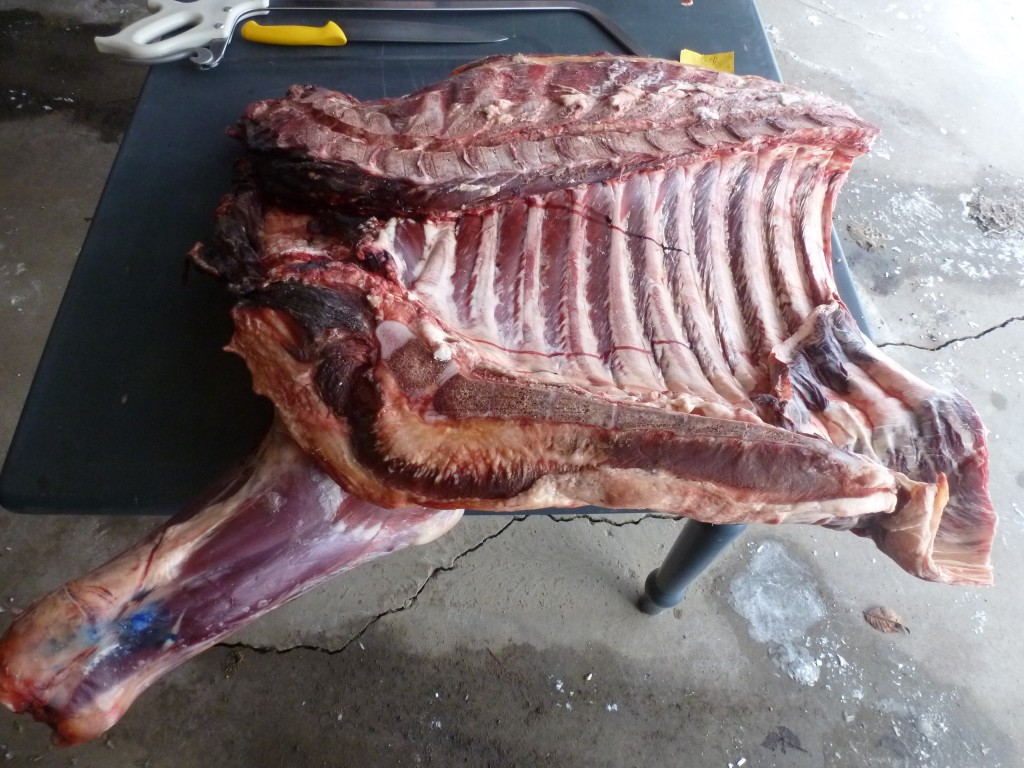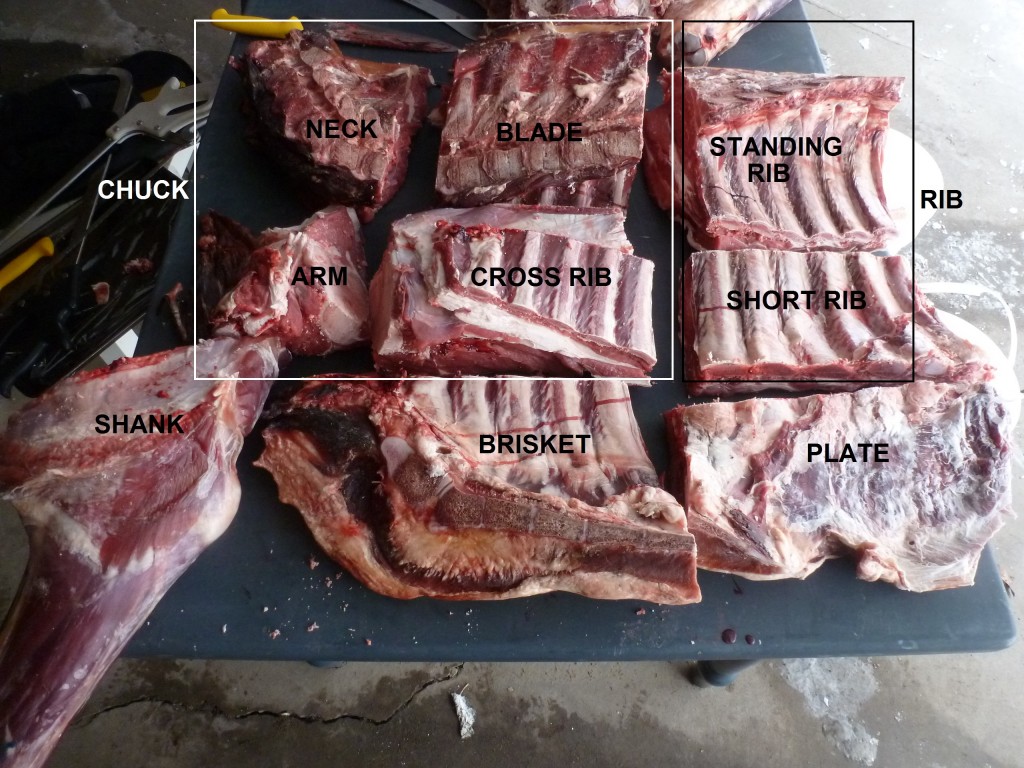
For a few years I’ve been making pastrami simply by making this corned beef, then after the cure is finished, coating the meat with crushed coriander and black pepper, then hot-smoking to temperature. This is a method that has served me well, but I’ve been reading quite a bit about the Jewish delis of New York, most notably David Sax’s book Save the Deli. In his description of how the pastrami is made at Katz’s, there were two surprises to me.
First, he says that they don’t actually use brisket, but “navel”. This is definitely not part of standard Canadian meat-cutting nomenclature, but it’s described as being adjacent to the brisket, which made me wonder if it … Continue reading.
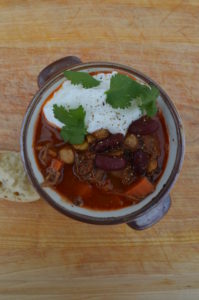
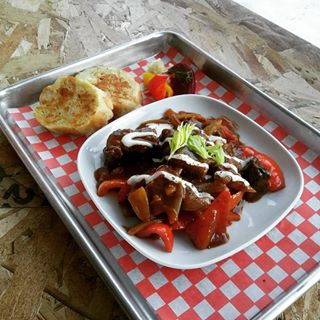 Goualsh is a beef stew originally from Hungary but eaten all over Central Europe. It is the kind of preparation that Europeans will fight to the death over. Matters like whether it is properly called a stew or a soup, whether it contains tomatoes, or potatoes, or what starch it is served with (if any) often become violent. It is estimated that 12 Europeans are killed every year in goulash-related arguments.[1]
Goualsh is a beef stew originally from Hungary but eaten all over Central Europe. It is the kind of preparation that Europeans will fight to the death over. Matters like whether it is properly called a stew or a soup, whether it contains tomatoes, or potatoes, or what starch it is served with (if any) often become violent. It is estimated that 12 Europeans are killed every year in goulash-related arguments.[1]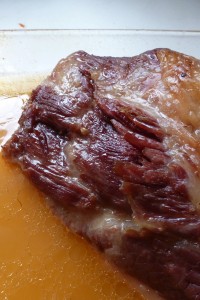
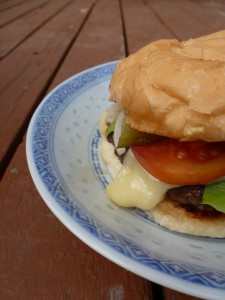

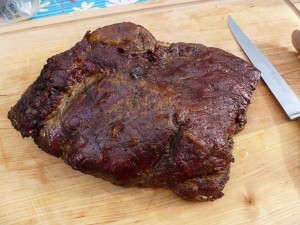
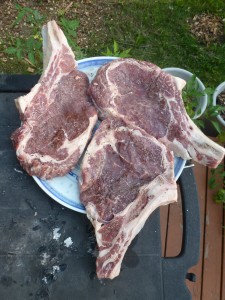 This post is about the most expensive cuts on a side of beef: the standing rib, the striploin, the tenderloin, and t-bone and porterhouse steaks.
This post is about the most expensive cuts on a side of beef: the standing rib, the striploin, the tenderloin, and t-bone and porterhouse steaks.